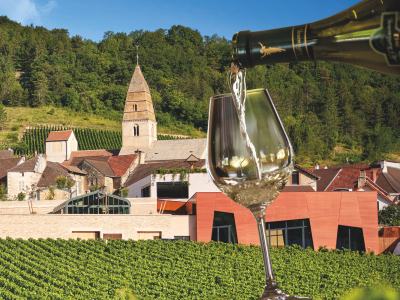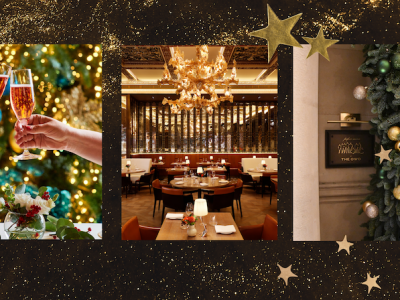The received wisdom is that Burgundy is a wonderful wine but too expensive and too complicated. The first part is true, but the second doesn’t have to be: certainly, the priciest wine ever sold at auction is, to date, Domaine de la Romanée-Conti (DRC), but anyone who believes that you can only drink Burgundy if you spend five figures on a single bottle is in for a pleasant shock. As for the complication: on the one hand, red Burgundy is almost always Pinot Noir, the white is usually Chardonnay, and what could be simpler than that?
The Best Burgundy Wines that won’t Break the Bank
9th December 2024
The secret is out: Burgundy can be surprisingly accessible to all. Here, Nina Caplan proves that the very best Burgundy wines don't necessarily have to break the bank. We raise a glass to that...
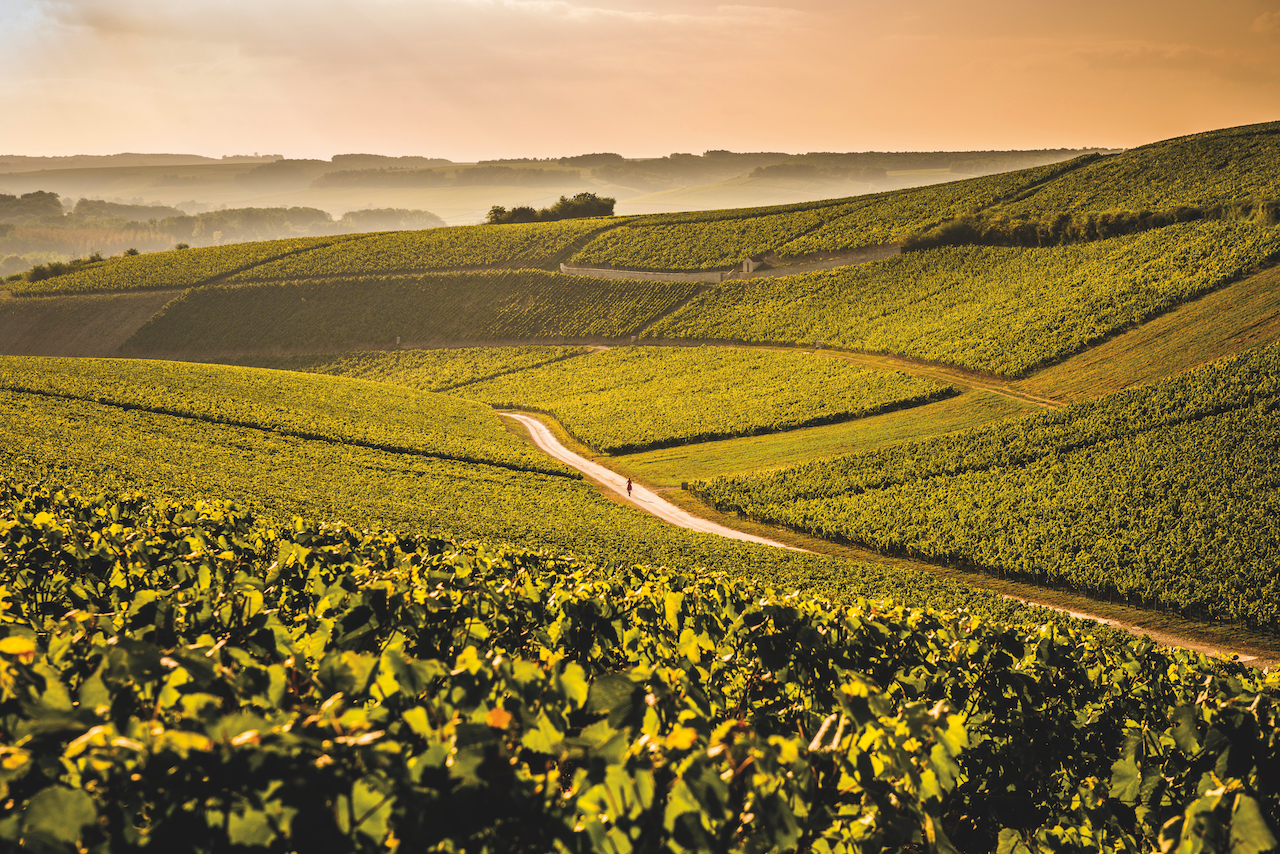
Then again, soil changes subtly from one row of vines to the next, and the official hierarchy, ascending from generic Bourgogne via village wines to Premier Cru then Grand Cru, takes a little understanding. And yes, coupling the name of your best vineyard to your village, as Gevrey-Chambertin, Puligny-Montrachet, Chassagne-Montrachet and Vosne-Romanée have done, may lead people to wonder whether they are supposed to ask for a bottle or a hotel room. But the elation of driving through villages that share their name with legendary vineyards more than compensates for any confusion. It’s like travelling across a gigantic wine list.
The heart of Burgundy is the Côte d’Or, a row of vine-covered hills that stretches south from Dijon and produces some of the greatest wines in existence: rich, creamy Chardonnays and Pinot Noirs that are perfumed and gracious yet underlaid with a reassuring note of earthiness. Because in Burgundy, the soil is the key to everything. The cliché is that Bordeaux has businesspeople and Burgundy has farmers, and while the most famous of these so-called farms are now worth millions per hectare, there is some truth to that.
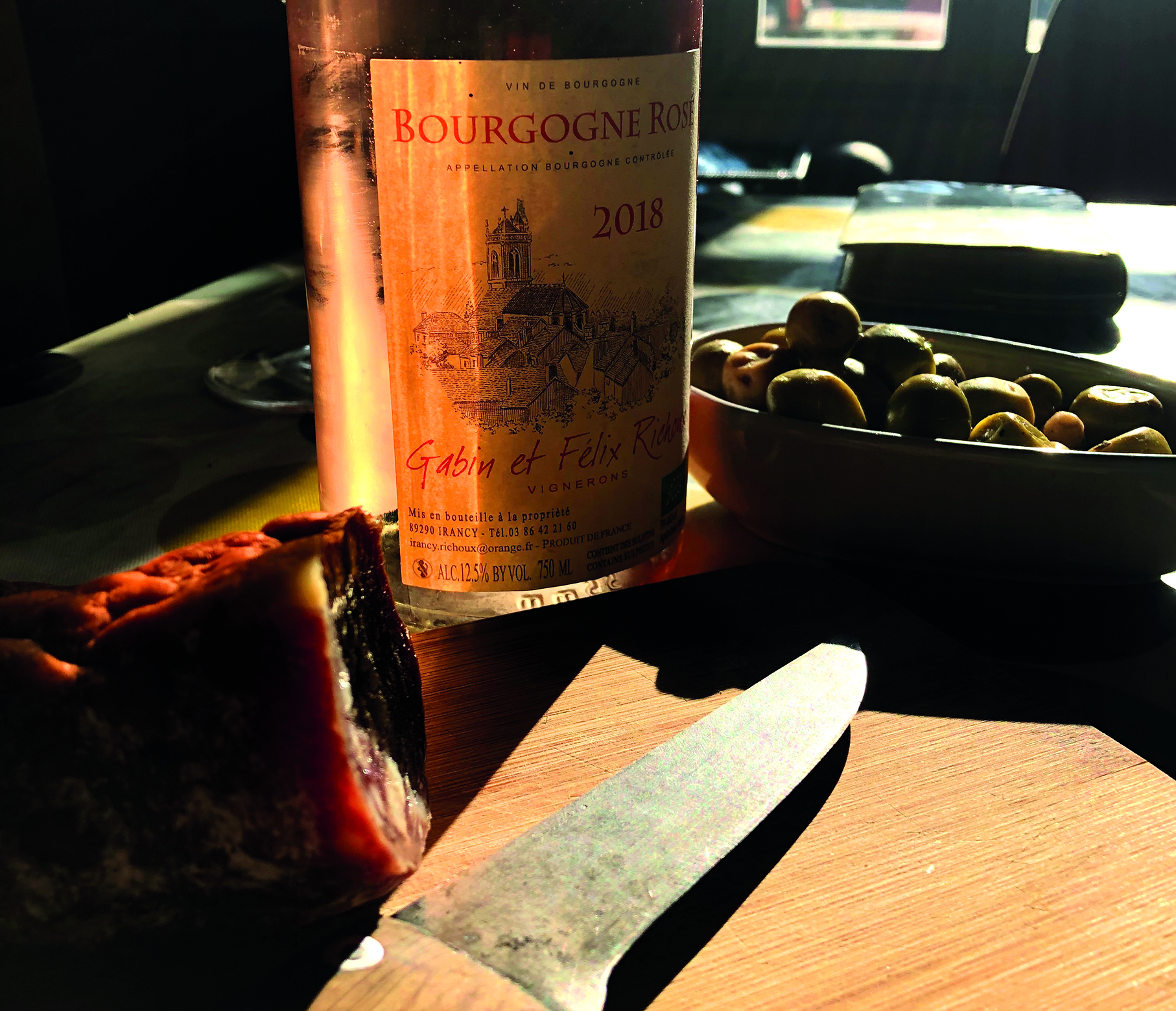
Farthest north, almost in Champagne, is Chablis, where the fossil-speckled soil produce famously pure and flinty Chardonnays and the cooperative, La Chablisienne is one of France’s best, with wines ranging from entry-level to Grand Cru. Nearby Irancy produces lighter and more cherryish Pinot Noirs than those farther south: try Gabin et Félix Richoux. Less than three miles away, Saint-Bris is the home of Burgundy’s only Sauvignon Blanc, a deliciously stony wine that has little in common with Sauvignons from New Zealand or the Loire. Domaine Goisot is the outstanding producer here.
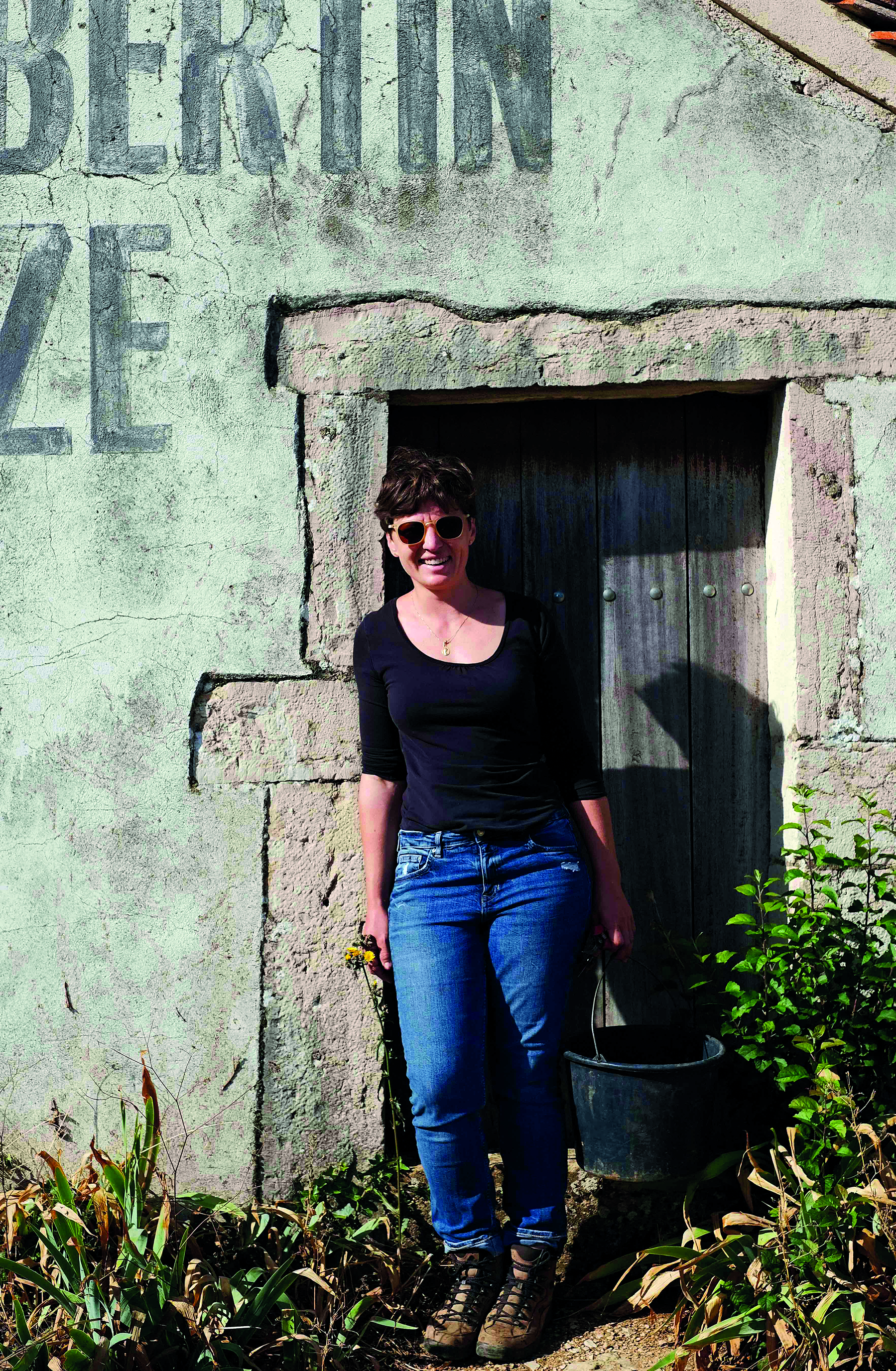
Now for the Côte d’Or’s scenic Route des Grands Crus: no need for a designated driver, since the journey is imaginary, and most of these wineries don’t welcome visitors anyway. In Marsannay-la-Côte, sixth-generation winemaker Bruno Clair makes wines that are superb value, given their quality, while down the road in Gevrey-Chambertin, one of many pale stone villages surrounded by vines, the family at Domaine Drouhin-Laroze don’t just tend their own vineyards, make their own wine and feed all their pickers three home-cooked meals a day during harvest: they will also show you around, if you book. There is, says Christine Drouhin, no connection with Beaune’s more famous Joseph Drouhin family, but that’s Burgundy for you: the same names are scattered around with seeming abandon, and while their owners often are related, sometimes they haven’t spoken since the French Revolution.
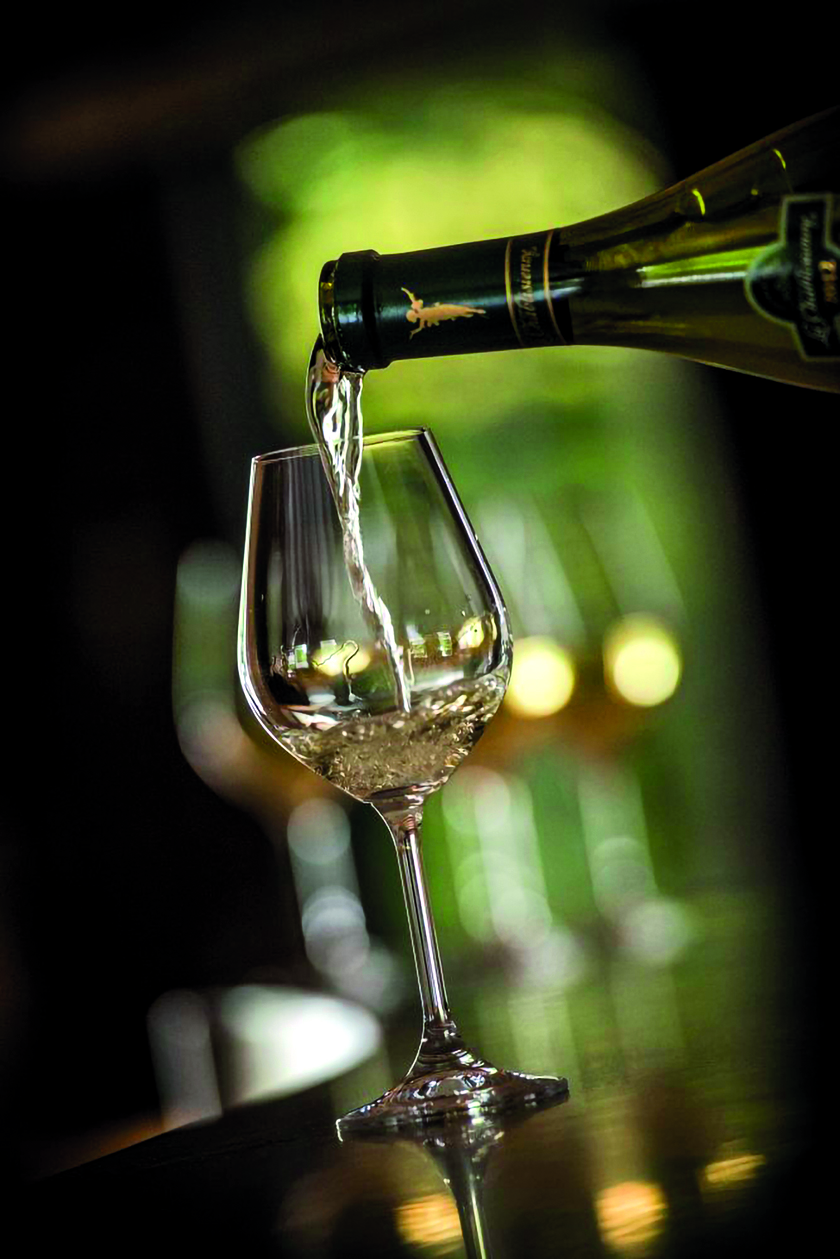
Past Vosne-Romanée, home to six Grand Cru vineyards (including Romanée-Conti) that produce the greatest – and priciest – Pinot Noirs in existence, and on to Nuits-St-Georges, where Thibault Liger-Belair makes a beautiful array of wines ranging from Vosne-Romanée to an excellent Aligoté and even a good Beaujolais (a region that is technically in Burgundy). Aligoté is the other white grape of Burgundy, historically despised but now grown with skill and enthusiasm. Sylvain Pataille produces another superb one, while the DRC of Aligotés is Domaine Ponsot’s Clos des Monts Luisants, from vines planted in 1911. And just before reaching the walled medieval city of Beaune, we pass Savigny-lès-Beaune, which is unjustly overlooked – meaning wines that are far more competitively priced than their neighbours: while Bruno Clair’s Chambertin Clos de Bèze Grand Cru tops £350 a bottle, his Savigny-lès-Beaune Premier Cru is closer to £70.
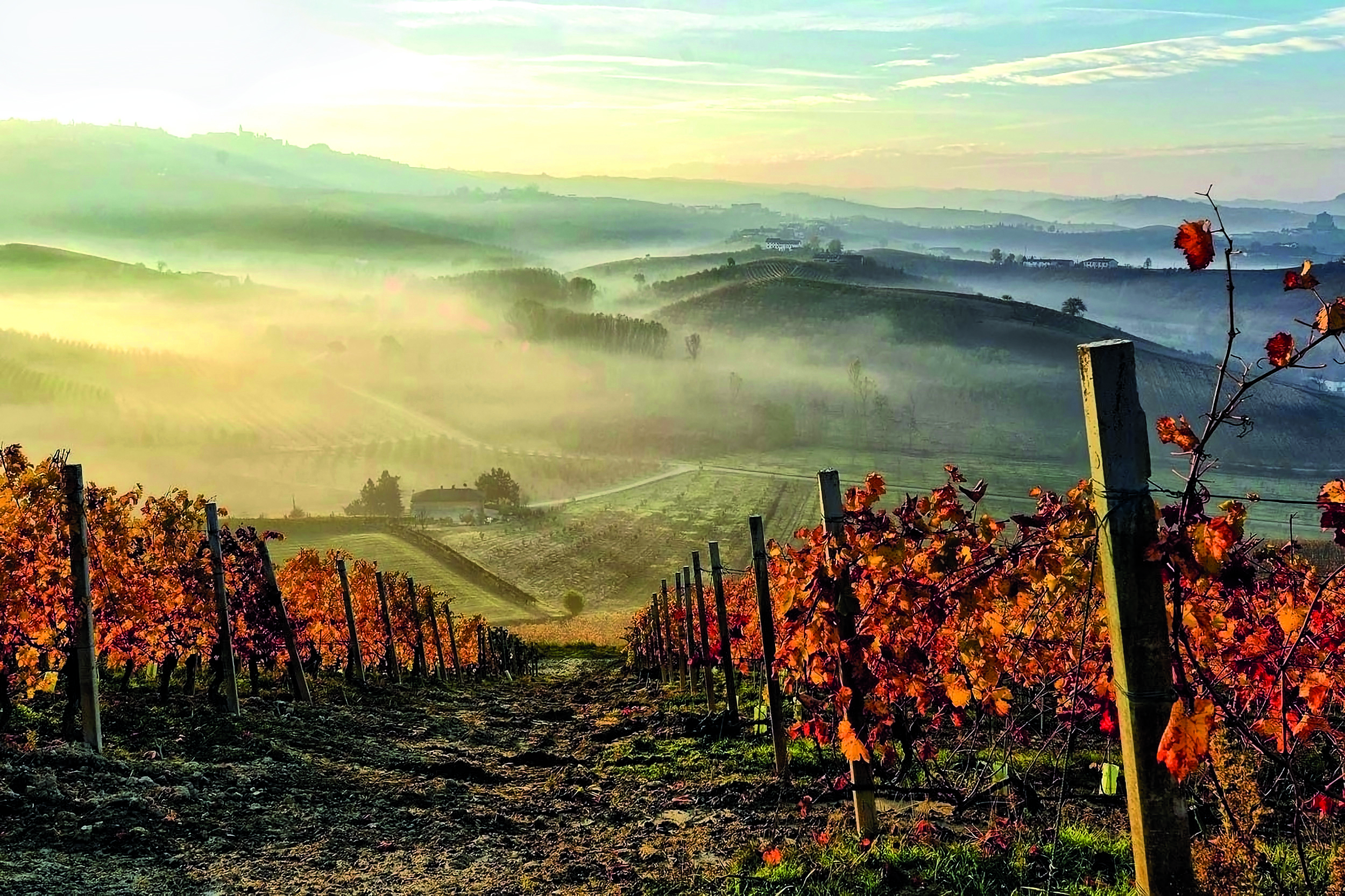
South of Beaune, there’s Volnay and the heady, elegant reds of Domaine de la Pousse d’Or; vibrant, mineral whites from Domaine Jean-Marc Roulot in Meursault, a village named after a stream so tiny that, 2,000 years ago, Roman soldiers called it muris saltus, or mouse’s leap; and more superb whites in Saint-Aubin, which were once a bargain. Not anymore, sadly, but those of Domaine Hubert Lamy are well worth the outlay.
Beyond the Côte d’Or lie two regions, the Côte Chalonnaise and the Mâconnais, that are less famous – and therefore, much less expensive. Pierre de Benoist, nephew of DRC’s Aubert de Villaine, is a passionate advocate for the Côte Chalonnaise. He runs Domaine A&P de Villaine and his Bouzeron, Rully and Mercurey variations are well worth seeking out.
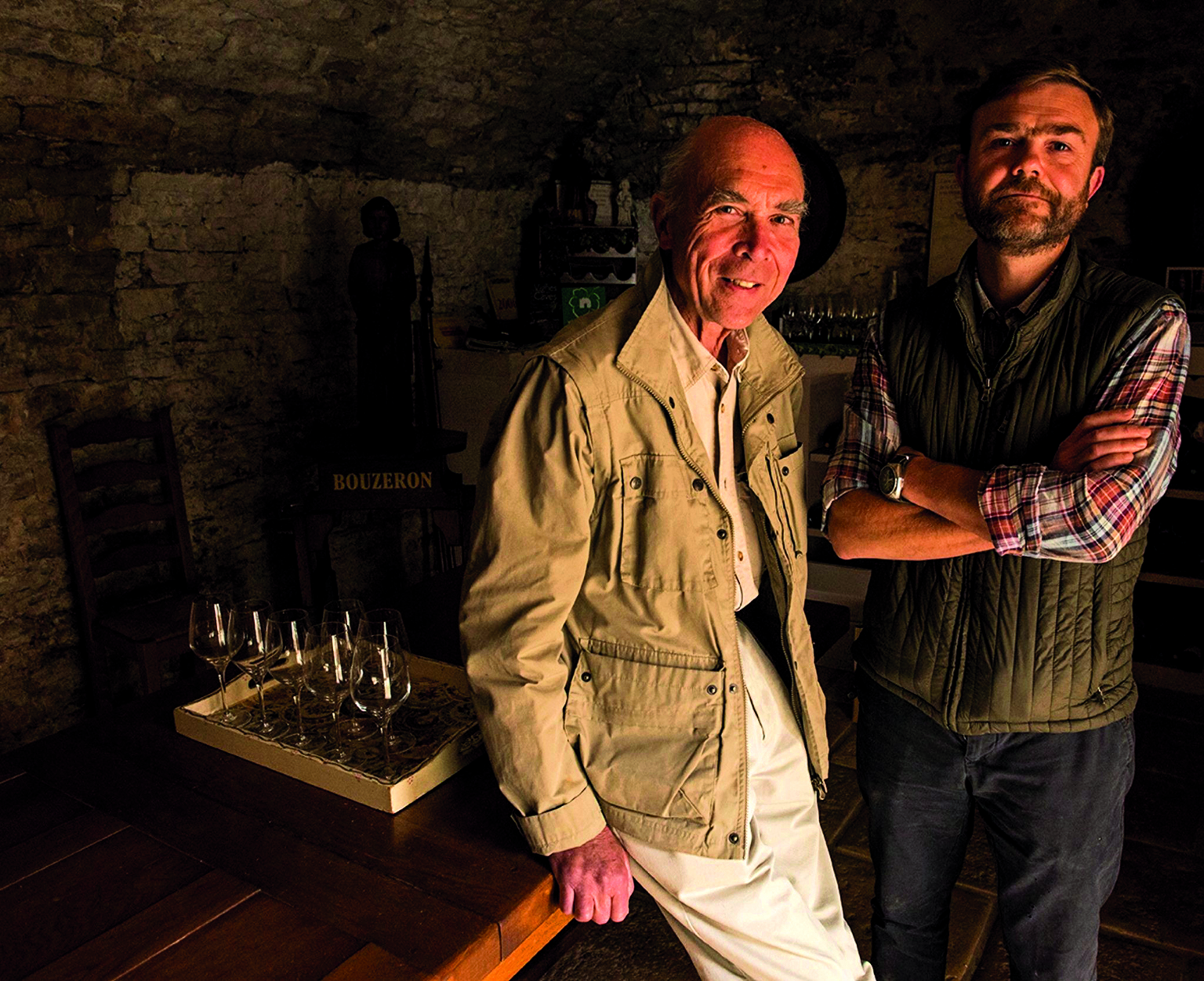
“You can make much more interesting wine in the Mâconnais than in the Côte d’Or,” claims Jean-Marie Guffens who, unsurprisingly, makes wines in the Mâconnais. Still, his Guffens-Heynen wines are fantastic: “Here, there are mineral soils with very different exposures. And, we are less famous, so we try harder.”
The most well-known Mâconnais appellation is Pouilly-Fuissé: full-bodied Chardonnays from limestone soils that don’t achieve quite the layered elegance of the great whites farther north, but don’t cost anything close, either. Producers worth discovering include Dominique Cornin, Olivier Merlin or Domaine Corsin. And so we return home, swapping the geographical wine list for paper, and exchanging our imaginary wineglass for – thank goodness! – one we can actually replenish.
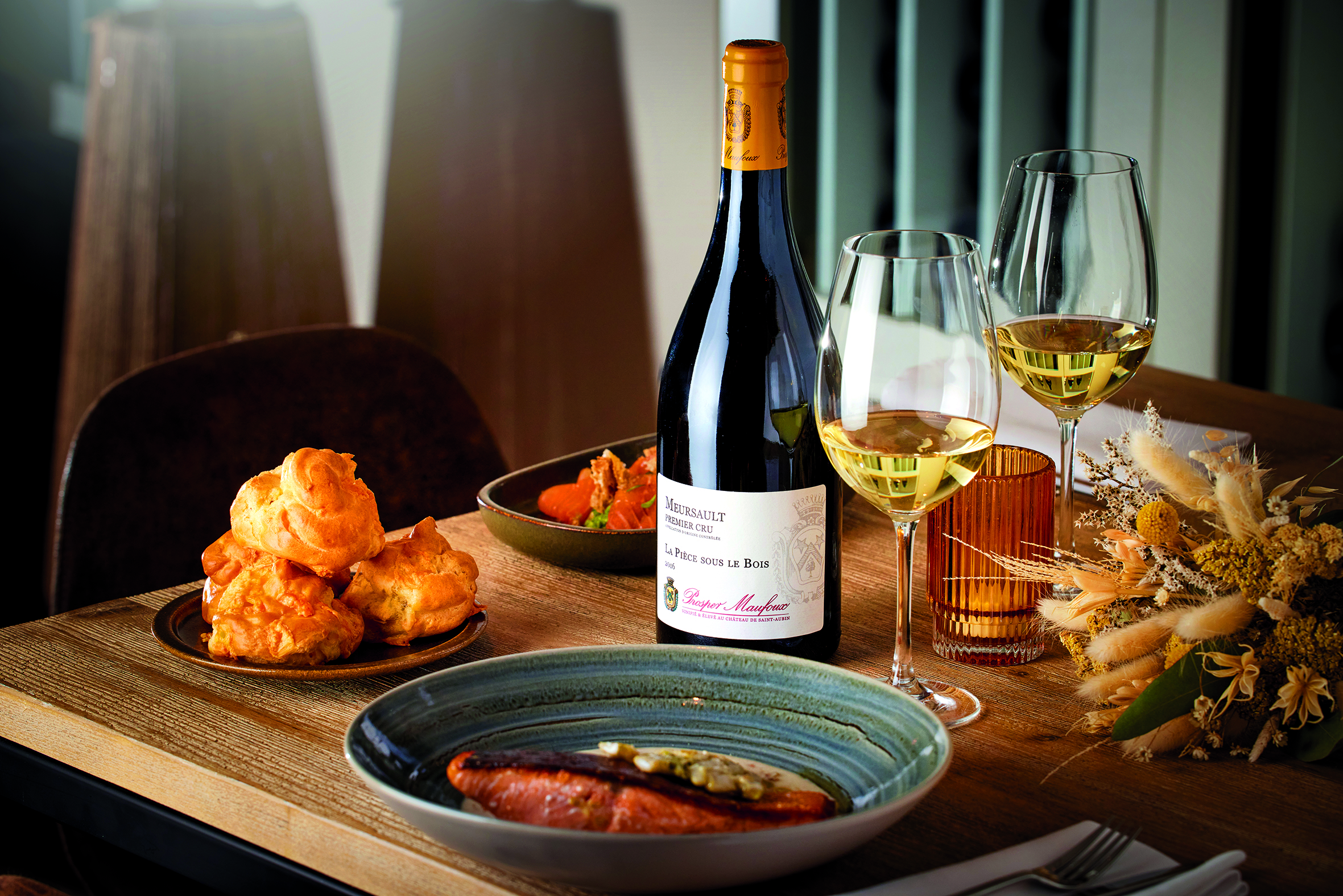
WHERE TO STAY AND EAT in Burgundy
Château de la Resle
This manor house, set in its own beautiful park, is a 20-minute drive from Chablis. The house has been tastefully decorated by its Dutch owners, and there’s now a heated saltwater pool (summer only) and spa plus an on-request restaurant (minimum of six diners).
Como Le Montrachet
This sleek hotel opened last year in Puligny-Montrachet to loud cheers: Burgundy is oddly short of five-star accommodation. The pool won’t be open until the end of this year but the rooms are luxurious and the restaurant, with its huge globe-style light fixtures, is simply amazing – particularly its wine list.
Château de Saint-Aubin
Don’t drink and drive: rent a room at this lovely four-bedroom Château overlooking a swimming pool amid the vines, owned by a négociant, Maison Prosper Maufoux, whose tasting room is right there.
Domaine Joseph Lafarge
This Mâconnais estate makes excellent wine and offers accommodation as well as tastings: in rooms with a terrace, standalone gîtes – or in one of six oversized wine barrels, built to house four, comfortably furnished and located, appropriately, just beside the vineyards.
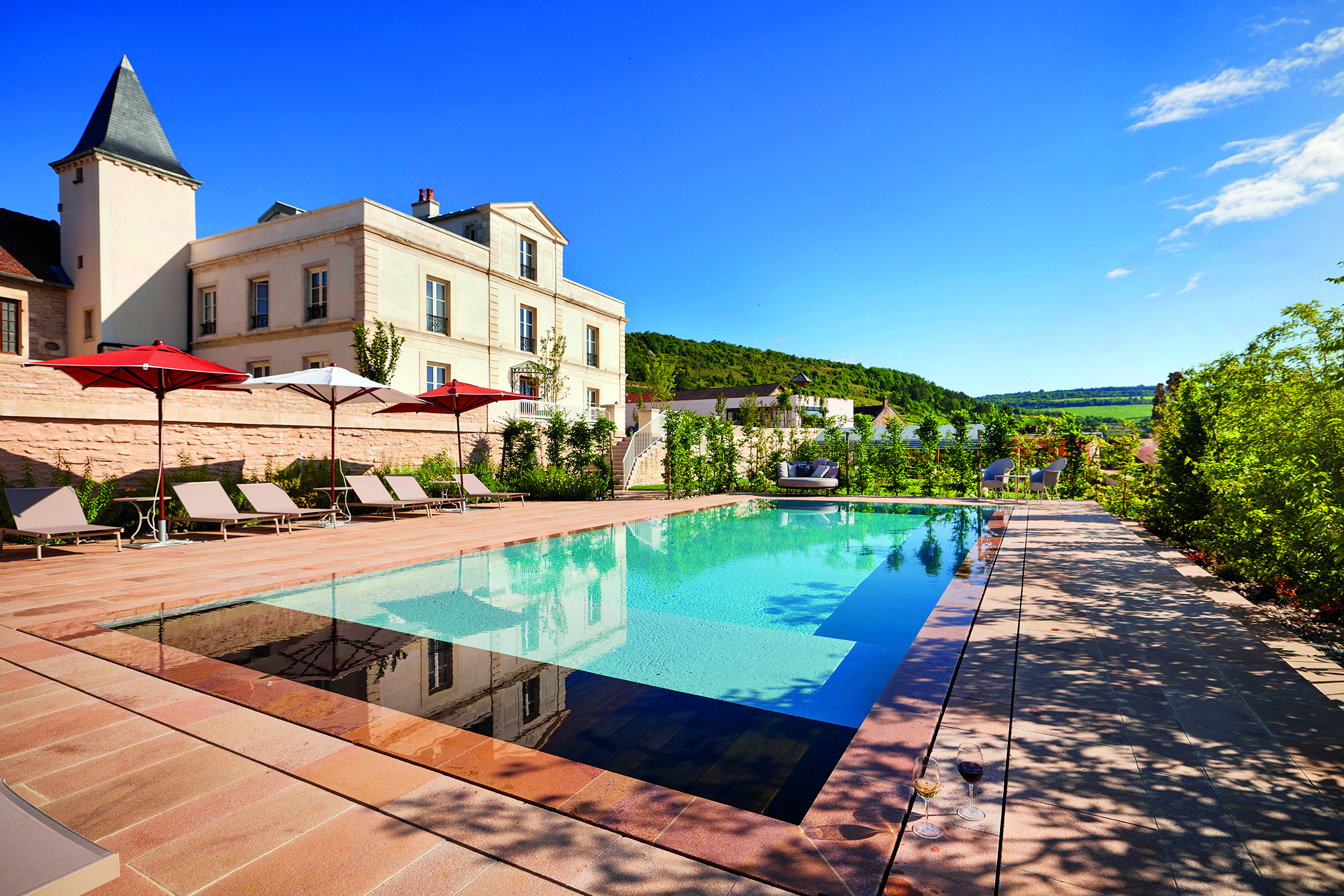
Auprès du Clocher
The name means ‘next to the belltower’ and this tiny gastronomic restaurant is right beside Pommard’s pale 18th-century church. Chef Rémi Genot fashions local snails, fish or meat into beautiful combinations, skilfully decorated with flowers and leaves, and the wine list and cheese board both show Burgundy at its best.
La Cabane
When the pandemic temporarily closed Ed.Em, their Michelin-starred Chassagne-Montrachet restaurant, Edouard Mignot and Emilie Rey parked a food truck next to a wooden cabin and began serving casual dishes including fabulous burgers. La Cabane proved so popular it’s now a fixture.
Le Bouchon Bourguignon
An offshoot of gastronomic Restaurant Greuze in Tournus, Le Bouchon Bourguignon offers classic Burgundian specialities such as snails, Charolais beef and superb pâté en croute. The wine list is superbly chosen, local, and frequently served from magnum.
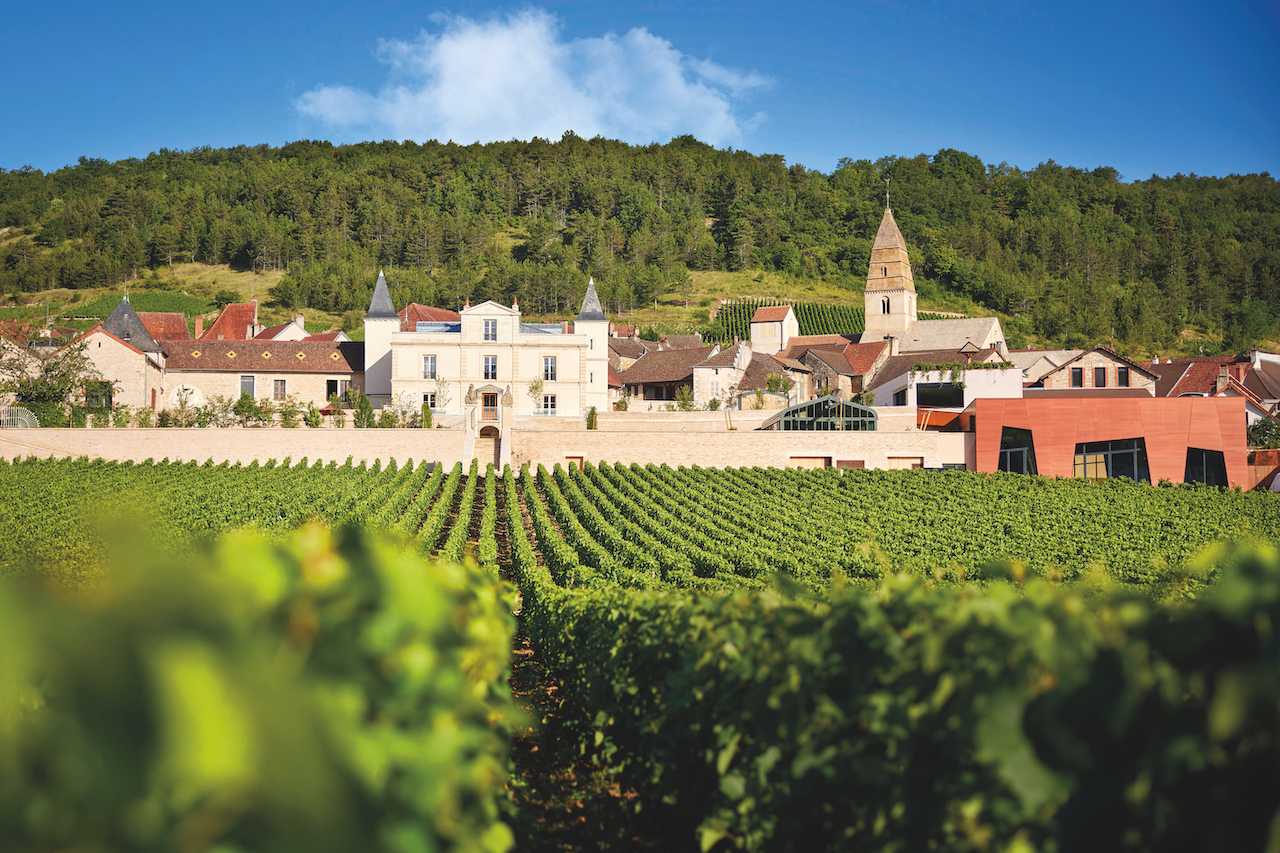
Three wineries that welcome visitors
Caves Baptiste Bienvenu offers tastings at its Irancy winery and also has a tasting room in Chablis.
Château de Pommard, an 18th-century château set amid beautiful gardens, offers tastings of their excellent wines and experiences. Booking essential.
Domaine Faiveley, an admired Nuits-Saint-Georges estate, offers tastings and, in the courtyard, a bonus: an original of Rodin’s famous The Kiss, in homage to the Faiveleys’ ancestor, who was the sculptor’s patron.
